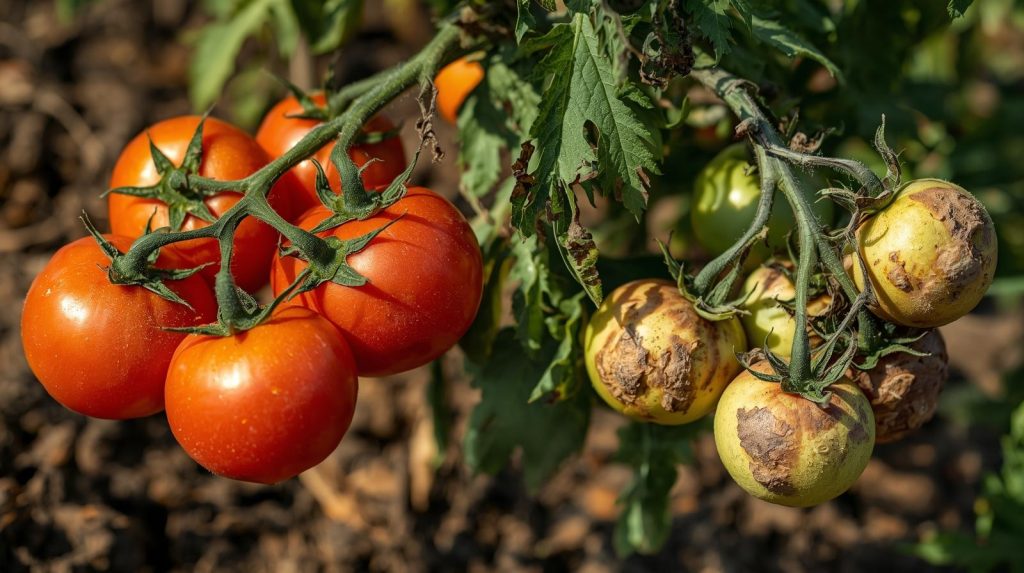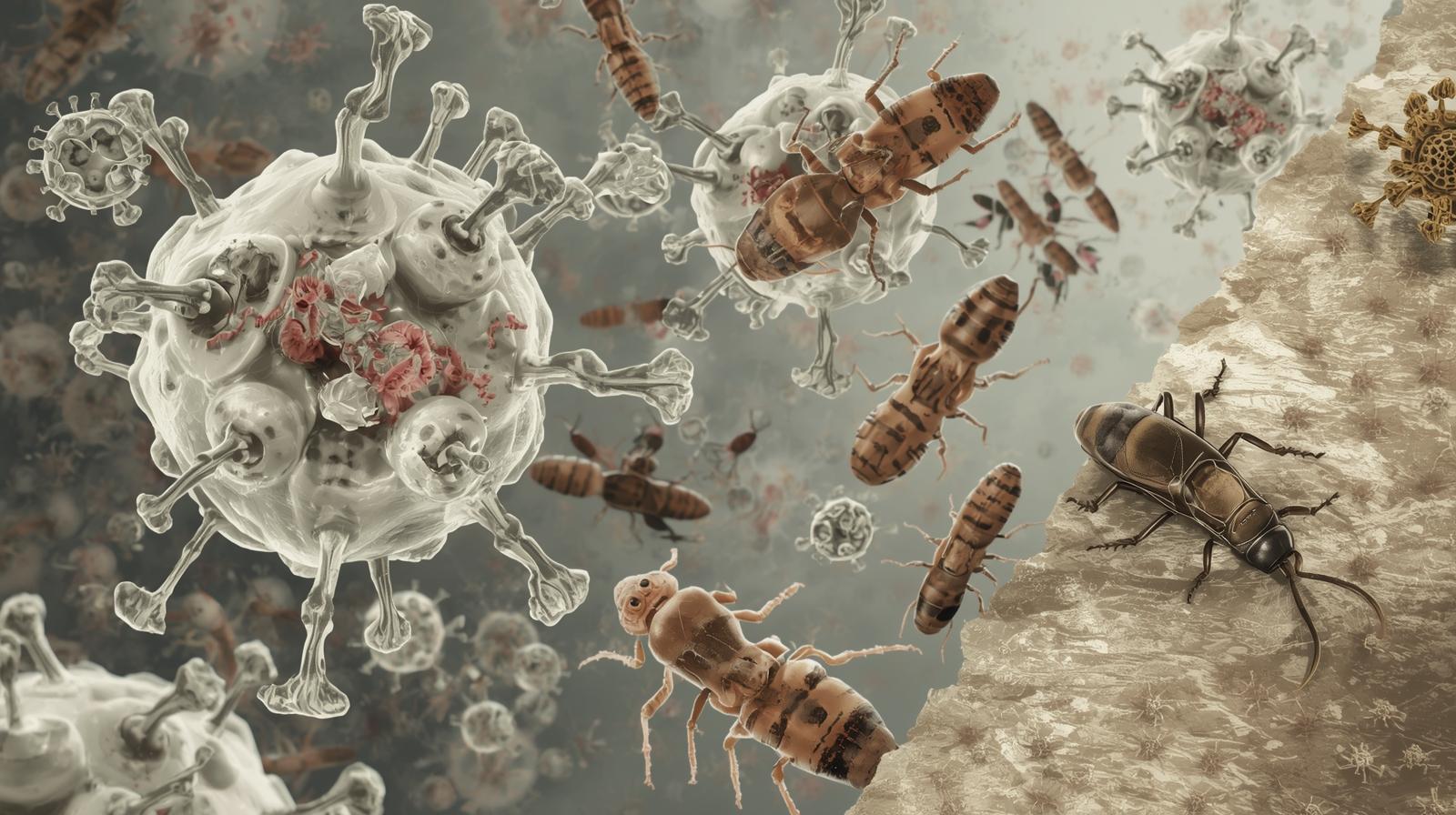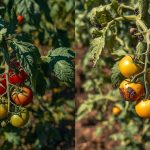Introduction
Tomato (Solanum lycopersicum) is one of Nepal’s most valuable cash crops but faces significant yield loss from the tomato fruit borer, Helicoverpa armigera. Farmers often rely on chemical pesticides, which harm the environment and human health. This study, led by Dipak Khanal et al. (2025), explores sustainable, eco-friendly alternatives through biorational pesticides in Nepal’s Rupandehi District.
Objective
To evaluate the efficacy and economic feasibility of six sustainable biorational pesticides for the management of Helicoverpa armigera under field conditions.
Methodology
The experiment was conducted at the IAAS, Paklihawa Campus (Tribhuvan University). A randomized complete block design was used with the following treatments applied every 15 days:
- Pacer® – Metarhizium anisopliae (1% WP @ 5 g/L)
- Mahastra® – Bacillus thuringiensis var. kurstaki (2 g/L)
- Tracer® – Spinosad 45 SC (0.3 ml/L)
- Neemraj Super® – Azadirachtin 3000 ppm (5 ml/L)
- Biotrine® – Abamectin 5 EC (1 ml/L)
- Alcora® – Chlorantraniliprole 18.5 SC (0.4 ml/L)
- Control – Distilled water
Pest population counts were recorded at 3, 7, and 10 days after each application, and yield was measured after 93 days.
Results
- Chlorantraniliprole (Alcora®) achieved the highest efficacy, reducing larval populations by 87% and increasing marketable yield to 21.85 t/ha with a B:C ratio of 6.53.
- Spinosad (Tracer®) ranked second with 79% population reduction and 21.57 t/ha yield (B:C ratio: 6.14).
- Neemraj Super® (Azadirachtin) showed moderate efficacy but was most economical, being locally producible and cost-effective.
- Microbial pesticides like Metarhizium anisopliae and Bacillus thuringiensis offered moderate control, suggesting integration into IPM programs.
- Untreated plots suffered up to 78% yield loss.
Discussion & Implications
This research underscores the potential of integrating biorational pesticides into Integrated Pest Management (IPM) programs in Nepal. Locally produced neem-based formulations can reduce chemical dependency, lower production costs, and minimize ecological harm. Chlorantraniliprole and Spinosad can serve as benchmark treatments for sustainable tomato cultivation.
Conclusion
The study recommends Chlorantraniliprole as the most effective, and Neem-based products as the most sustainable options for managing Helicoverpa armigera. Adoption of these eco-friendly biopesticides can improve tomato yield, reduce pesticide residues, and promote sustainable agriculture in Nepal.
Reference
Khanal, D., Sapkota, U., Suwal, G., & Pandey, P. (2025). Evaluation of sustainable biorational pesticides for managing Helicoverpa armigera (Lepidoptera: Noctuidae) on tomato in Nepal. Discover Agriculture, 3(1), 199. https://doi.org/10.1007/s44279-025-00308-2







